Page 81 of 160

Calculating the load your vehicle can carry/tow
1. Use the Safety Compliance Certification Label to find the axle code
number and engine type for your vehicle.
2. Use the appropriate maximum gross combined weight rating (GCWR)
chart to find the maximum GCWR for your type engine and rear axle
ratio.
3. Weigh your vehicle as you customarily operate the vehicle without
cargo. To obtain correct weights, try taking your vehicle to a shipping
company or an inspection station for trucks.
4. Subtract your loaded vehicle weight from the maximum GCWR on the
following charts. This is the maximum trailer weight your vehicle can tow
and must fall below the maximum shown under maximum trailer weight
on the chart.
DRIVING THROUGH WATER
Do not drive quickly through standing water, especially if the depth is
unknown. Traction or brake capability may be limited and if the ignition
system gets wet, your engine may stall. Water may also enter your
engine's air intake and severely damage your engine.
If driving through deep or standing water is unavoidable, proceed very
slowly. Never drive through water that is higher than the bottom of the
hubs (truck)/wheel rims (car).
Once through the water, always try the brakes. Wet brakes do not stop
the vehicle as effectively as dry brakes. Drying can be improved by
moving your vehicle slowly while applying light pressure on the brake
pedal.
TRAILER TOWING
Your vehicle may tow a class I, II or III trailer provided the maximum
trailer weight is less than or equal to the maximum trailer weight listed
for your engine and rear axle ratio on the following charts.
Your vehicle's load capacity is designated by weight, not by volume, so
you cannot necessarily use all available space when loading a vehicle.
Towing a trailer places an additional load on your vehicle's engine,
transmission, axle, brakes, tires and suspension. Inspect these
components carefully after any towing operation.
Driving
81
Page 82 of 160

Trailer towing table (4x2 manual transmission)
Engine Rear
axle
ratioMaximum
GCWR-kg
(lbs.)Maximum
trailer
weight-kg (lbs.)
(0-maximum)Maximum frontal
area of trailer-m
2
(ft2)
Regular Cab 4x2
2.5L 3.45 Not recommended for trailer towing
2.5L 3.73 2 177
(4 800)0-717
(0-1 580)Equal to frontal
area of base vehicle
3.0L 3.45 2 267
(5 000)0-789
(0-1 740)Equal to frontal
area of base vehicle
3.0L 3.73 2 721
(6 000)0-1 225
(0-2 700)4.64 (50)
4.0L 3.08 2 267
(5 000)0-753
(0-1 660)Equal to frontal
area of base vehicle
4.0L 3.55 3 175 (7 000) 0-1 651 (0-3 640) 4.64 (50)
Regular Cab 4x2 (Splash or Special Suspension)
2.5L 3.73 2 177
(4 800)0-680
(0-1 500)Equal to frontal
area of base vehicle
3.0L 3.73 2 449
(5 400)0-907
(0-2 000)*Equal to frontal
area of base vehicle
4.0L 3.08 2 267
(5 000)0-717
(0-1 580)Equal to frontal
area of base vehicle
4.0L 3.55 2 495
(5 500)0-907
(0-2 000)*Equal to frontal
area of base vehicle
SuperCab 4x2
2.5L 3.73 2 177
(4 800)0-626
(0-1 380)Equal to frontal
area of base vehicle
3.0L 3.45 2 267
(5 000)0-698
(0-1 540)Equal to frontal
area of base vehicle
3.0L 3.73 2 271 (6 000) 0-1 133 (0-2 500) 4.64 (50)
4.0L 3.08 2 267
(5 000)0-635
(0-1 400)Equal to frontal
area of base vehicle
4.0L 3.55 3 175 (7 000) 0-1 542 (0-3 400) 4.64 (50)
Driving
82
Page 83 of 160

Trailer towing table (4x2 manual transmission)
SuperCab 4x2 (Splash or Special Suspension)
3.0L 3.73 2 540
(5 600)0-907
(0-2 000)*Equal to frontal
area of base vehicle
4.0L 3.08 2 267
(5 000)0-635
(0-1 400)Equal to frontal
area of base vehicle
4.0L 3.55 2 540
(5 600)0-907
(0-2 000)*Equal to frontal
area of base vehicle
*Optional payload is not available on 4x2 Splash or Special Suspension,
therefore maximum trailer weight is 907 kg. (2 000 lbs.).
For high altitude operation, reduce GCW by 2% per 300 meters
(1 000 ft.) elevation.
For definition of terms used in this table seeVehicle Loadingearlier
in this chapter.
To determine maximum trailer weight designed for your particular
vehicle, seeCalculating the loadearlier in this chapter.
Maximum trailer weight is shown. The combined weight of the
completed towing vehicle (including hitch, passengers and cargo) and
the loaded trailer must not exceed the Gross Combined Weight Rating
(GCWR).
Trailer tow table (4x4 manual transmission)
Engine Rear
axle
ratioMaximum
GCWR-kg
(lbs.)Maximum
trailer
weight-kg (lbs.)Maximum
frontal area of
trailer-m
2(ft2)
Regular Cab
3.0L 3.73 2 721 (6 000) 0-1 080 (0-2 380) Equal to frontal
area of base
vehicle.
4.0L 3.27 2 721 (6 000) 0-907 (0-2 000) Equal to frontal
area of base
vehicle.
4.0L 3.73 3 175 (7 000) 0-1 515 (0-3 340) Equal to frontal
area of base
vehicle.
Driving
83
Page 84 of 160

Trailer tow table (4x4 manual transmission)
Regular Cab (Splash)
3.0L 3.73 2 721 (6 000) 0-1 070 (0-2 360) 4.64 (50)
4.0L 3.27 2 721 (6 000) 0-907 (0-2 000) 4.64 (50)
4.0L 3.73 3 175 (7 000) 0-1 497 (0-3 300) 4.64 (50)
SuperCab
3.0L 3.73 2 721 (6 000) 0-1 007 (0-2 220) 4.64 (50)
4.0L 3.27 2 721 (6 000) 0-907 (0-2 000) 4.64 (50)
4.0L 3.73 3 175 (7 000) 0-1 442 (0-3 180) 4.64 (50)
SuperCab (Splash)
3.0L 3.73 2 721 (6 000) 0-998 (0-2 200) 4.64 (50)
4.0L 3.27 2 721 (6 000) 0-907 (0-2 000) 4.64 (50)
4.0L 3.73 3 175 (7 000) 0-1 424 (0-3 140) 4.64 (50)
For high altitude operation, reduce GCW by 2% per 300 meters
(1 000 ft.) of elevation.
For definition of terms used in this table, seeVehicle loadingearlier
in this chapter.
To determine maximum trailer weight designed for your vehicle, see
Calculating the loadearlier in this chapter.
Maximum trailer weight is shown. The combined weight of the
completed towing vehicle (including hitch, passengers and cargo) and
the loaded trailer must not exceed the Gross Combined Weight Rating
(GCWR).
Trailer towing table (4x2 automatic transmission)
Engine Rear
axle
ratioMaximum
GCWR-kg
(lbs.)Maximum trailer
weight-kg (lbs.)
(0-maximum)Maximum frontal
area of trailer-m
2
(ft2)
Regular Cab 4x2
2.5L 4.10 2 494 (5 500) 0-1 007 (2 220) Equal to frontal
area of base vehicle
3.0L 3.45 3 175 (7 000) 0-1 660 (0-3 660) 4.64 (50)
3.0L 3.73 3 401 (7 500) 0-1 814 (0-4 000) 4.64 (50)
4.0L 3.08 2 721 (6 000) 0-1 179 (0-2 600) 4.64 (50)
4.0L 3.55 4 309 (9 500) 0-2 721 (0-6 000) 4.64 (50)
Driving
84
Page 85 of 160

Trailer towing table (4x2 automatic transmission)
Regular Cab 4x2 (Splash or Special Suspension)
2.5L 3.73 2 449 (5 400) 0-907 (0-2 000)* Equal to frontal
area of base vehicle
3.0L 3.73 2 449 (5 400) 0-907 (0-2 000)* Equal to frontal
area of base vehicle
4.0L 3.08 2 495 (5 500) 0-907 (0-2 000)* Equal to frontal
area of base vehicle
4.0L 3.55 2 495 (5 500) 0-907 (0-2 000)* Equal to frontal
area of base vehicle
SuperCab 4x2
3.0L 3.73 3 401 (7 500) 0-1 796 (0-3 960) 4.64 (50)
4.0L 3.08 2 721 (6 000) 0-1 080 (0-2 380) 4.64 (50)
4.0L 3.55 4 309 (9 500) 0-2 676 (0-5 900) 4.64 (50)
SuperCab 4x2 (Splash or Special Suspension)
3.0L 3.73 2 540 (5 600) 0-907 (0-2 000)* Equal to frontal
area of base vehicle
4.0L 3.08 2 586 (5 700) 0-907 (0-2 000)* Equal to frontal
area of base vehicle
4.0L 3.55 2 586 (5 700) 0-907 (0-2 000) Equal to frontal
area of base vehicle
*Optional payload is not available on 4x2 Splash or Special Suspension,
therefore maximum trailer weight is 907 kg. (2 000 lbs.).
For high altitude operation, reduce GCW by 2% per 300 meters
(1 000 ft.) elevation.
For definition of terms used in this table seeVehicle Loadingearlier
in this chapter.
To determine maximum trailer weight designed for your particular
vehicle, seeCalculating the loadearlier in this chapter.
Maximum trailer weight is shown. The combined weight of the
completed towing vehicle (including hitch, passengers and cargo) and
the loaded trailer must not exceed the Gross Combined Weight Rating
(GCWR).
Driving
85
Page 86 of 160

Trailer tow table (4x4 automatic transmission)
Engine Rear
axle
ratioMaximum
GCWR-kg
(lbs.)Maximum
trailer
weight-kg (lbs.)Maximum
frontal area of
trailer-m
2(ft2)
Regular Cab
3.0L 3.73 3 401 (7 500) 0-1 741 (0-3 840) 4.64 (50)
3.0L 4.10 3 628 (8 000) 0-1 969 (0-4 340) 4.64 (50)
4.0L 3.27 3 401 (7 500) 0-1 724 (0-3 800) 4.64 (50)
4.0L 3.73 4 309 (9 500) 0-2 631 (0-5 800) 4.64 (50)
Regular Cab (Splash)
3.0L 3.73 3 401 (7 500) 0-1 733 (0-3 820) 4.64 (50)
3.0L 4.10 3 628 (8 000) 0-1 960 (0-4 320) 4.64 (50)
4.0L 3.27 3 401 (7 500) 0-1 706 (0-3 760) 4.64 (50)
4.0L 3.73 4 309 (9 500) 0-2 613 (0-5 760) 4.64 (50)
SuperCab
3.0L 3.73 3 401 (7 500) 0-1 669 (0-3 680) 4.64 (50)
3.0L 4.10 3 628 (8 000) 0-1 896 (0-4 180) 4.64 (50)
4.0L 3.27 3 401 (7 500) 0-1 651 (3 640) 4.64 (50)
4.0L 3.73 4 309 (9 500) 0-2 558 (0-5 640) 4.64 (50)
SuperCab (Splash)
3.0L 3.73 3 401 (7 500) 0-1 660 (0-3 660) 4.64 (50)
3.0L 4.10 3 628 (8 000) 0-1 887 (0-4 160) 4.64 (50)
4.0L 3.27 3 401 (7 500) 0-1 633 (0-3 600) 4.64 (50)
4.0L 3.73 4 309 (9 500) 0-2 540 (0-5 600) 4.64 (50)
For high altitude operation, reduce GCW by 2% per 300 meters
(1 000 ft.) of elevation.
For definition of terms used in this table, seeVehicle loadingearlier
in this chapter.
To determine maximum trailer weight designed for your vehicle, see
Calculating the loadearlier in this chapter.
Maximum trailer weight is shown. The combined weight of the
completed towing vehicle (including hitch, passengers and cargo) and
the loaded trailer must not exceed the Gross Combined Weight Rating
(GCWR).
Driving
86
Page 87 of 160

Do not exceed the GVWR or the GAWR specified on the Safety
Compliance Certification Label.
Towing trailers beyond the maximum recommended gross trailer
weight could result in engine damage, transmission/axle damage,
structural damage, loss of control, and personal injury.
Preparing to tow
Use the proper equipment for towing a trailer, and make sure it is
properly attached to your vehicle. See your dealer or a reliable trailer
dealer if you require assistance.
Hitches
For towing trailers up to 907 kg (2 000 lb), use a weight carrying hitch
and ball which uniformly distributes the trailer tongue loads through the
underbody structure. Use a frame-mounted weight distrubuting hitch for
trailers over 907 kg (2 000 lb).
Do not install a single or multi-clamp type bumper hitch, or a hitch
which attaches to the axle. Underbody mounted hitches are acceptable if
they are installed properly. Follow the towing instructions of a reputable
rental agency.
Whenever a trailer hitch and hardware are removed, make sure all
mounting holes in the underbody are properly sealed to prevent noxious
gases or water from entering.
Safety chains
Always connect the trailer's safety chains to the vehicle. To connect the
trailer's safety chains, cross the chains under the trailer tongue and allow
slack for turning corners.
If you use a rental trailer, follow the instructions that the rental agency
gives to you.
Trailer brakes
Electric brakes and manual, automatic or surge-type brakes are safe if
installed properly and adjusted to the manufacturer's specifications. The
trailer brakes must meet local and Federal regulations.
Driving
87
Page 88 of 160

Do not connect a trailer's hydraulic brake system directly to your
vehicle's brake system. Your vehicle may not have enough
braking power and your chances of having a collision greatly increase.
The braking system of the tow vehicle is rated for operation at the
GVWR not GCWR.
Trailer lamps
Trailer lamps are required on most towed vehicles. Make sure your
trailer lamps conform to local and Federal regulations. See your dealer or
trailer rental agency for proper instructions and equipment for hooking
up trailer lamps.
Using a step bumper
The optional step bumper is equipped with an integral hitch and requires
only a ball with a 19 mm (3/4 inch) shank diameter. The bumper has a
907 kg (2 000 lb.) trailer weight and 91 kg (200 lb.) tongue weight
capability.
The rated capcities (as shown in this guide) for trailer towing with the
factory bumper are only valid when the trailer hitch ball is installed
directly into the ball hole in the bumper. Addition of bracketry to either
lower the ball hitch position or extend the ball hitch rearward will
significantly increase the loads on the bumper and its attachments. This
can result in the failure of the bumper or the bumper attachments. Use
of any type of hitch extensions should be considered abuse.
Driving while you tow
Do not drive faster than 88 km/h (55 mph) when towing a trailer.
Speed control may shut off if you are towing on long, steep grades.
When towing a trailer:
²Use a lower gear when towing up or down steep hills. This will
eliminate excessive downshifting and upshifting for optimum fuel
economy and transmission cooling.
²Anticipate stops and brake gradually.
Servicing after towing
If you tow a trailer for long distances, your vehicle will require more
frequent service intervals. Refer to the Severe Duty Schedule in your
ªService Guideº for more information.
Driving
88
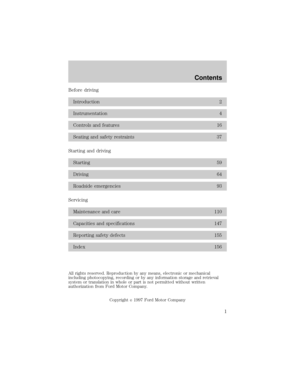 1
1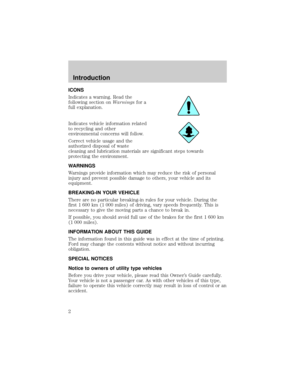 2
2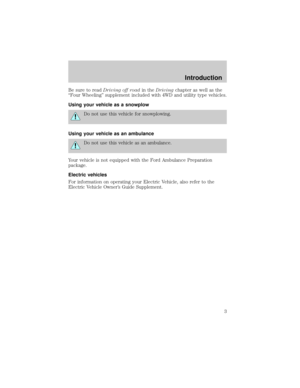 3
3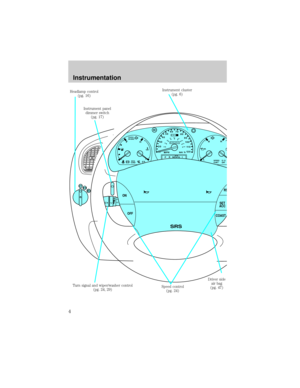 4
4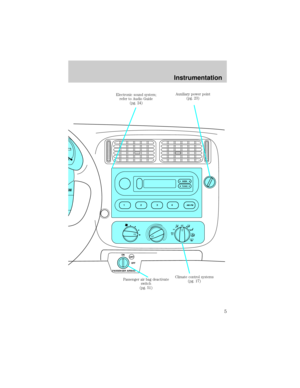 5
5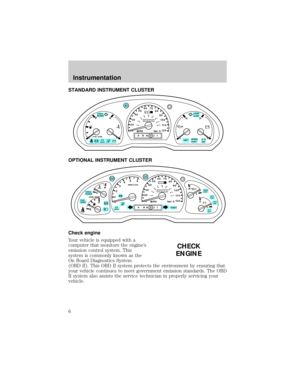 6
6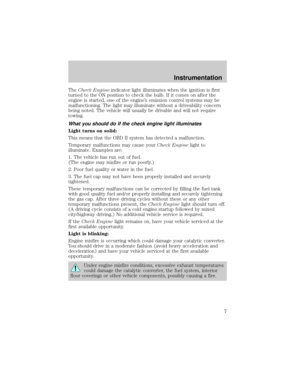 7
7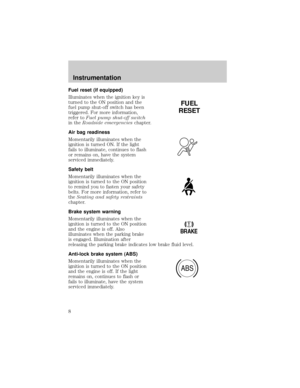 8
8 9
9 10
10 11
11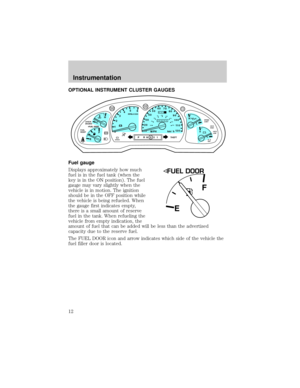 12
12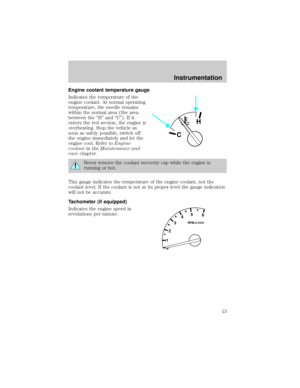 13
13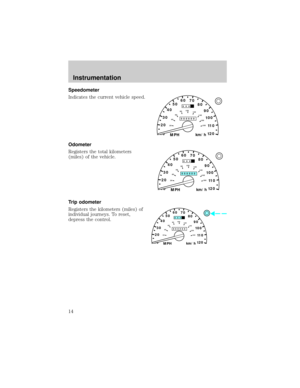 14
14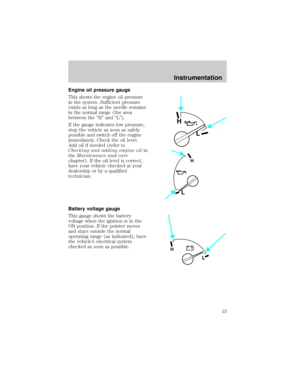 15
15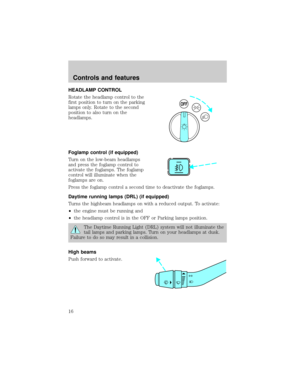 16
16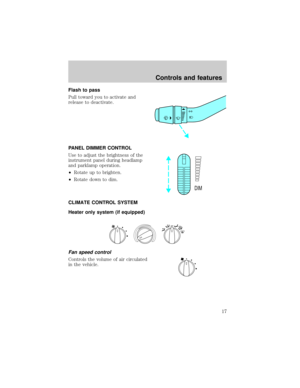 17
17 18
18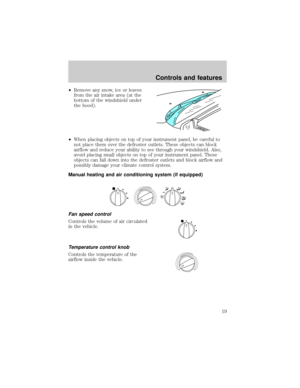 19
19 20
20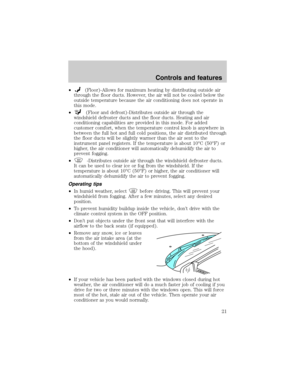 21
21 22
22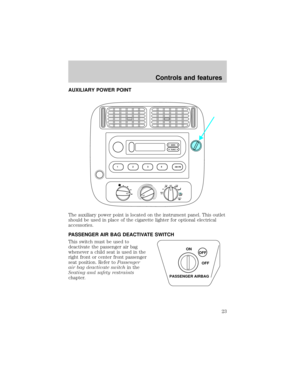 23
23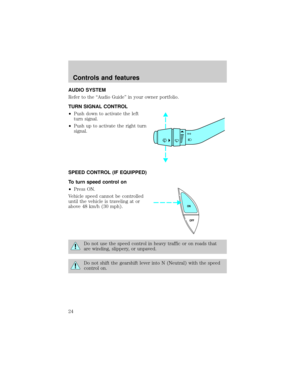 24
24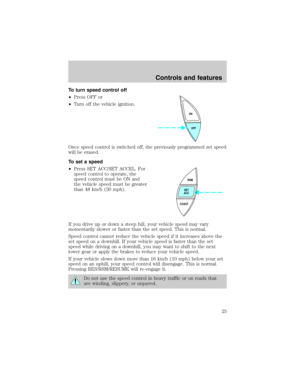 25
25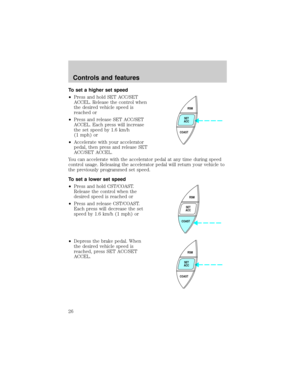 26
26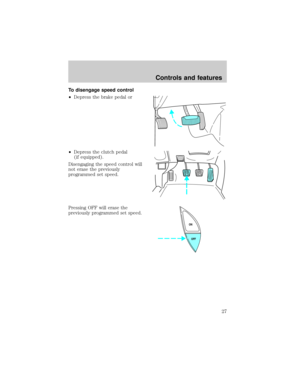 27
27 28
28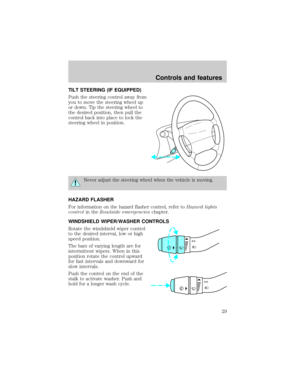 29
29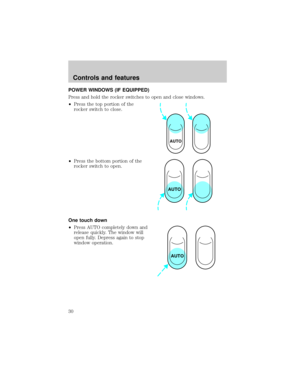 30
30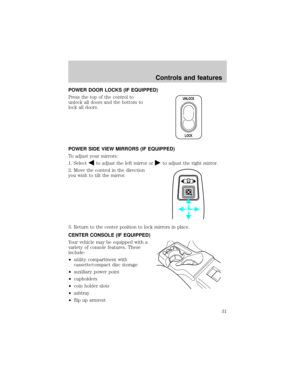 31
31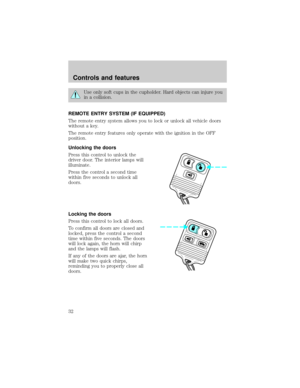 32
32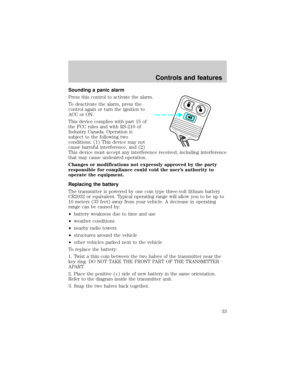 33
33 34
34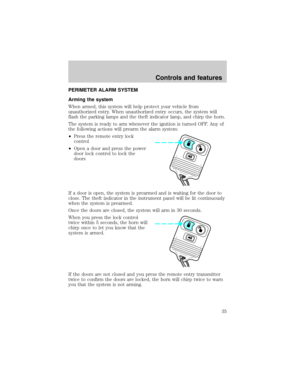 35
35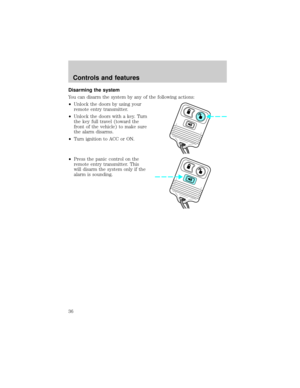 36
36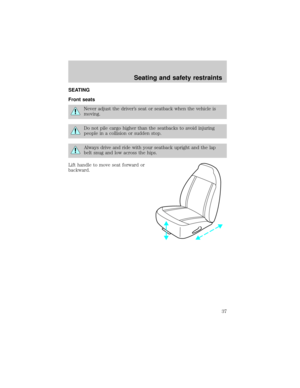 37
37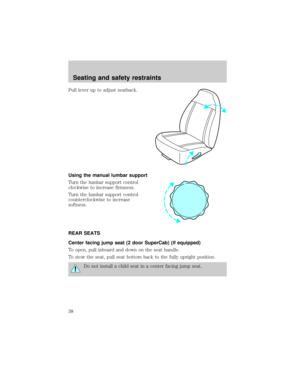 38
38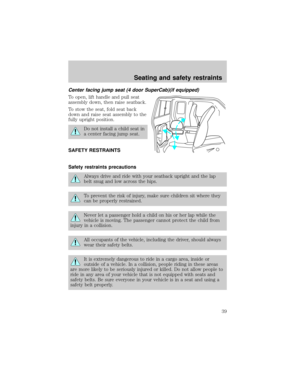 39
39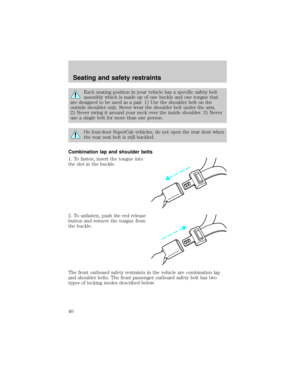 40
40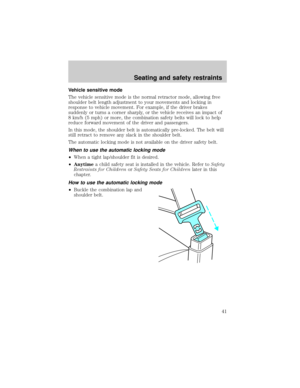 41
41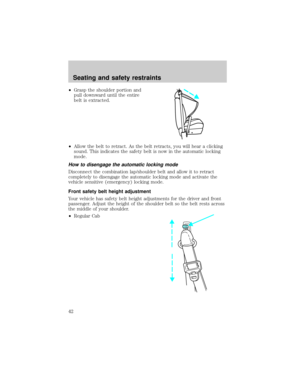 42
42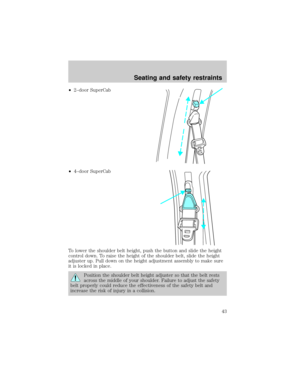 43
43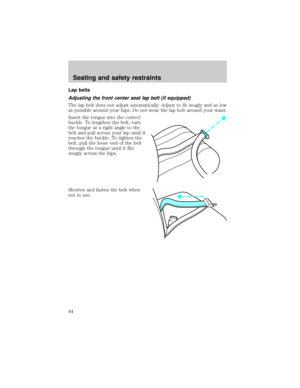 44
44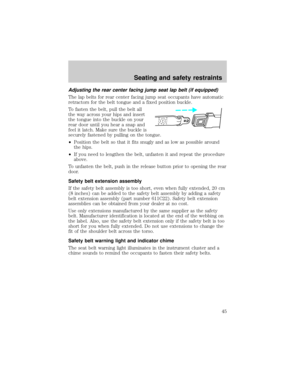 45
45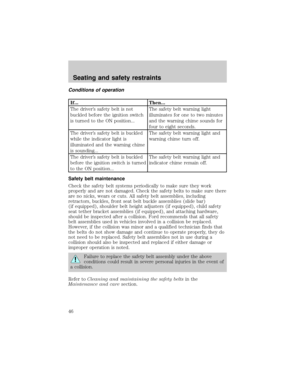 46
46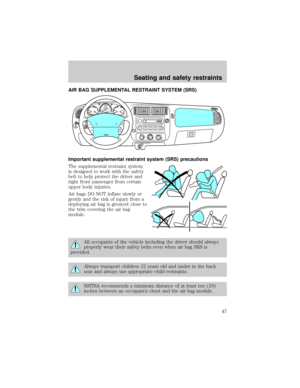 47
47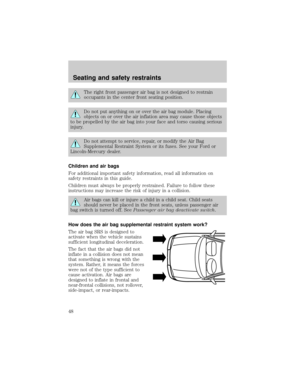 48
48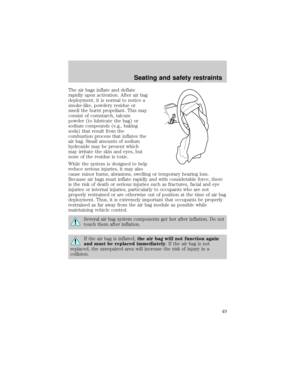 49
49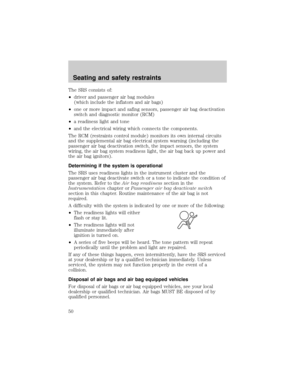 50
50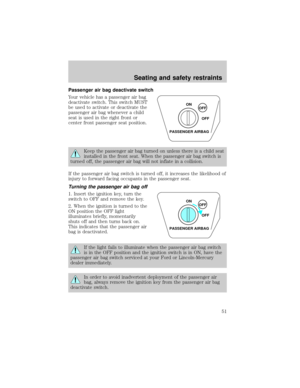 51
51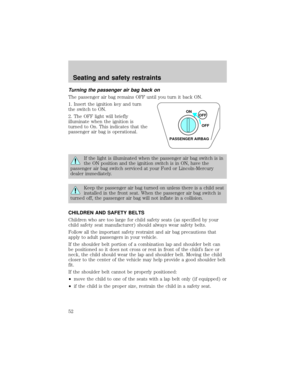 52
52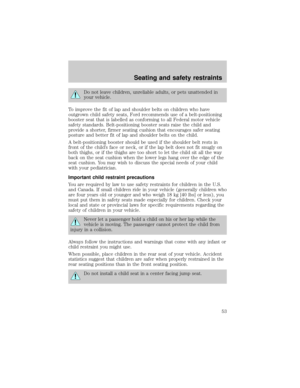 53
53 54
54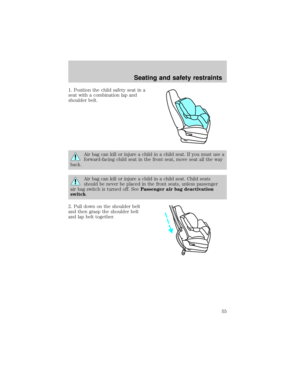 55
55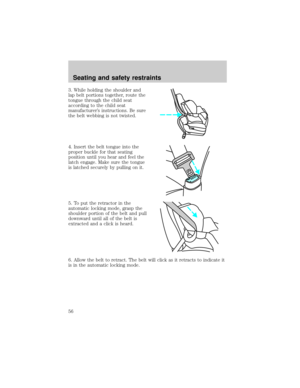 56
56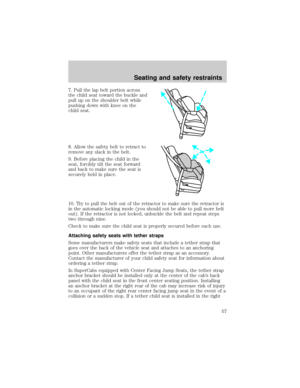 57
57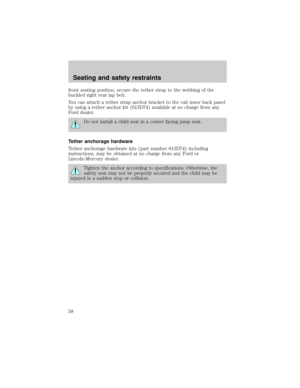 58
58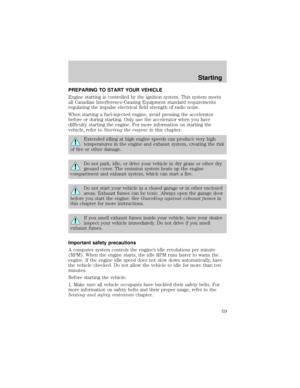 59
59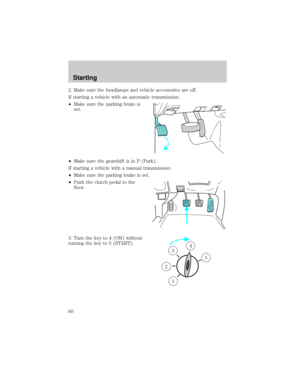 60
60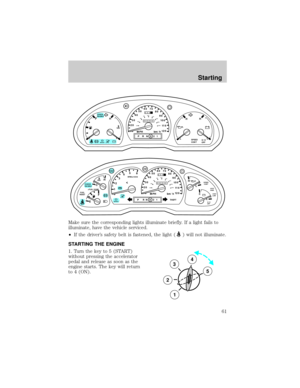 61
61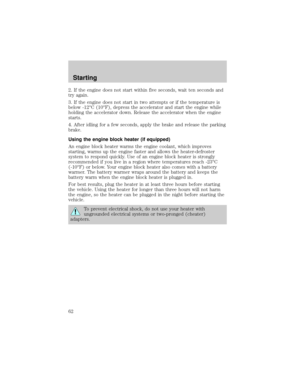 62
62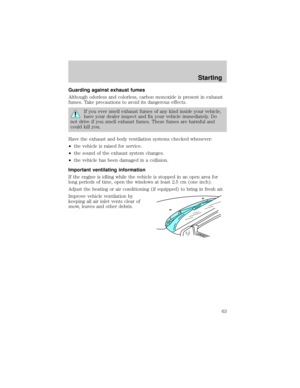 63
63 64
64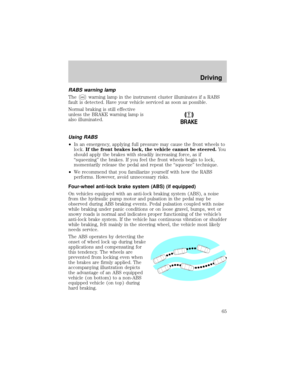 65
65 66
66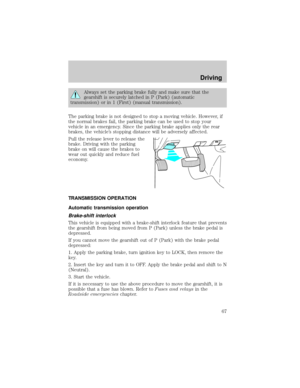 67
67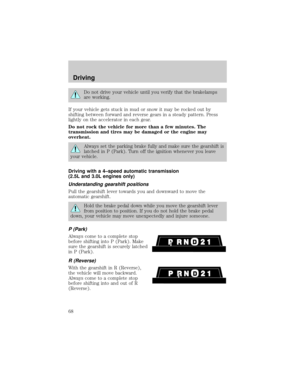 68
68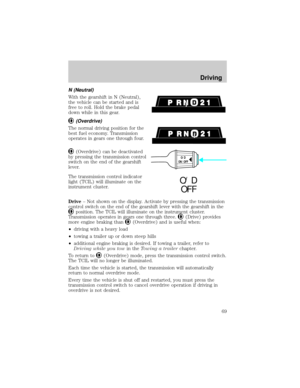 69
69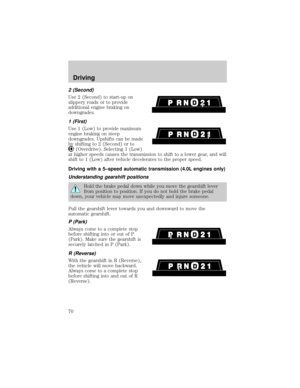 70
70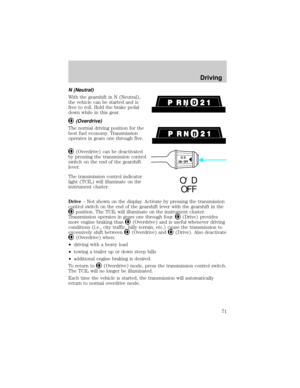 71
71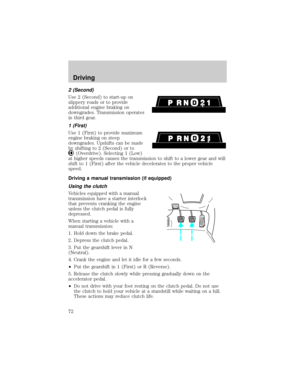 72
72 73
73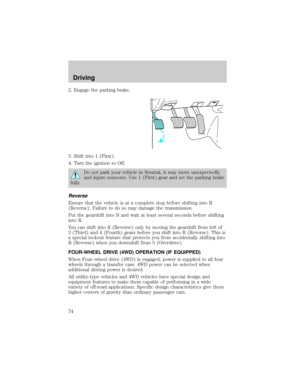 74
74 75
75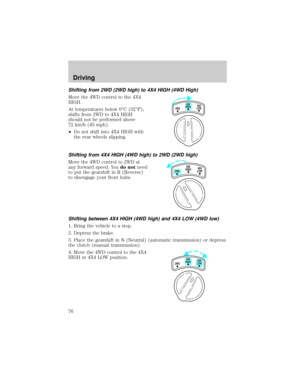 76
76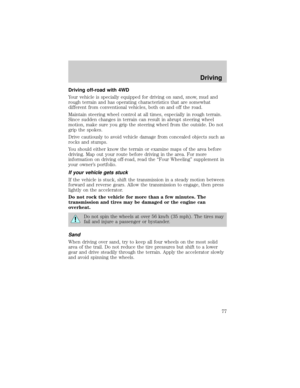 77
77 78
78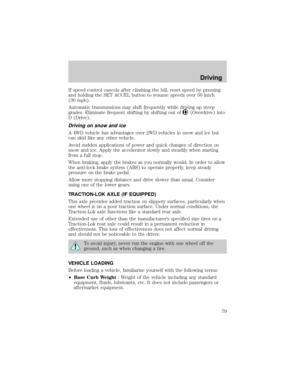 79
79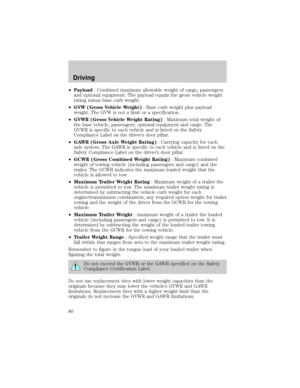 80
80 81
81 82
82 83
83 84
84 85
85 86
86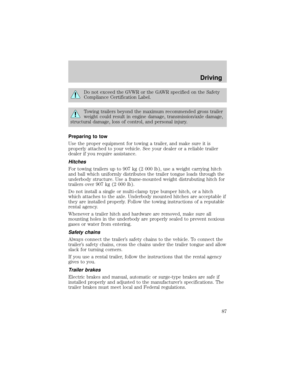 87
87 88
88 89
89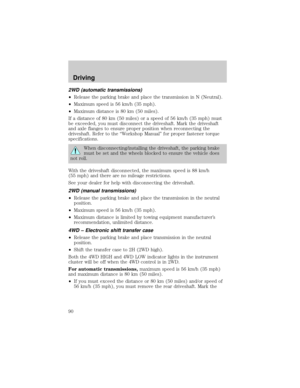 90
90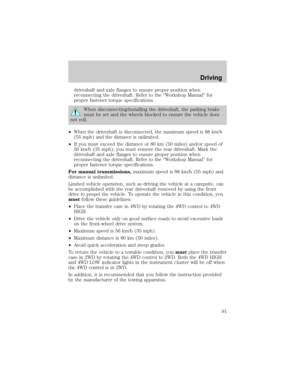 91
91 92
92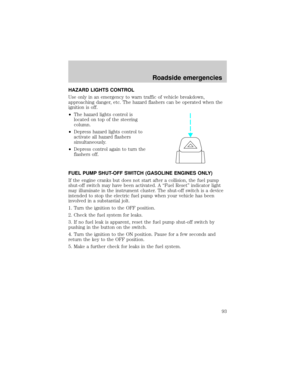 93
93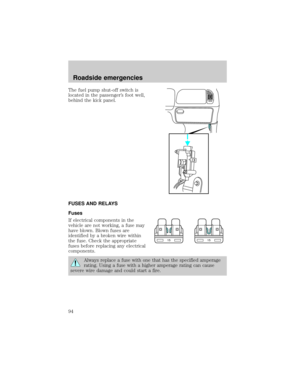 94
94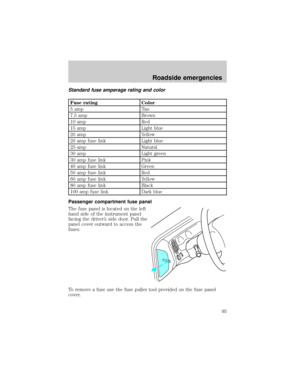 95
95 96
96 97
97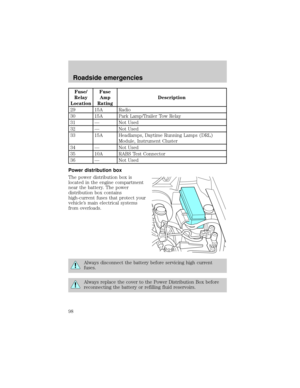 98
98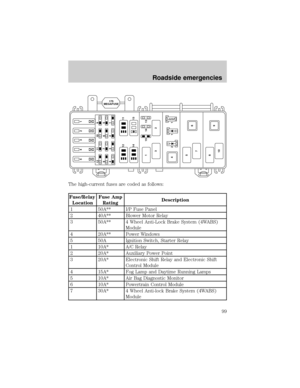 99
99 100
100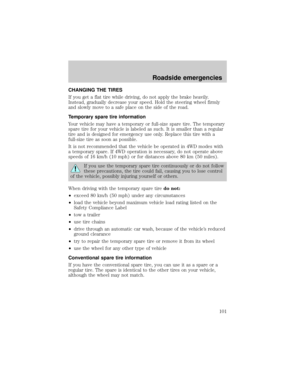 101
101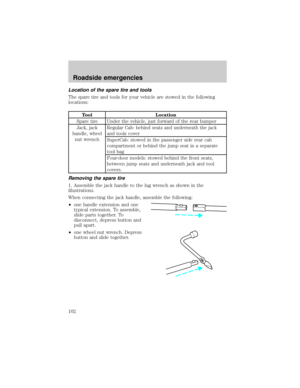 102
102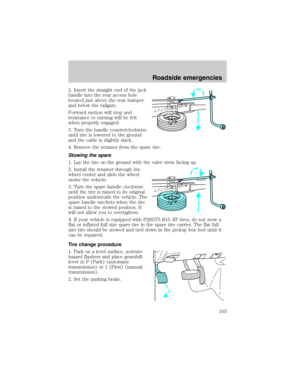 103
103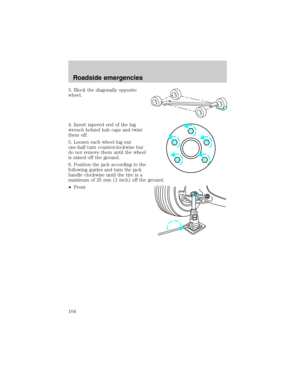 104
104 105
105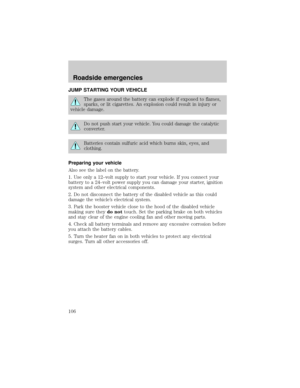 106
106 107
107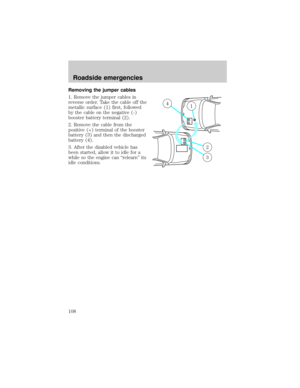 108
108 109
109 110
110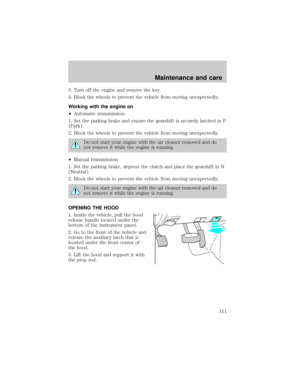 111
111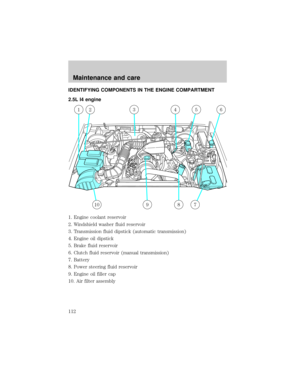 112
112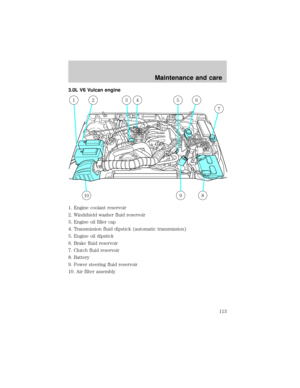 113
113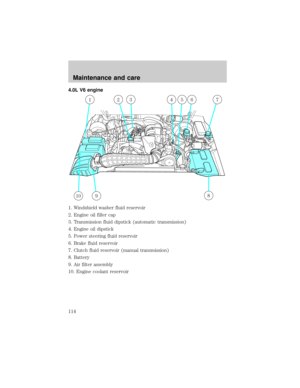 114
114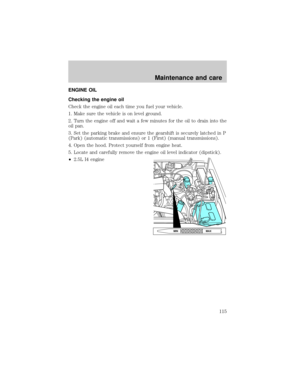 115
115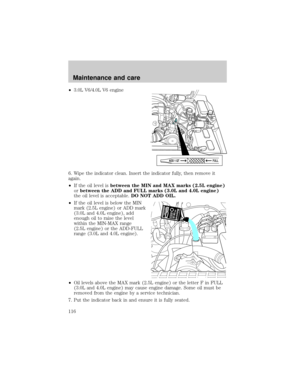 116
116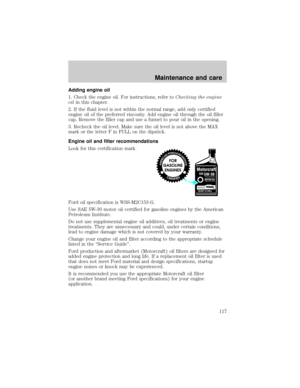 117
117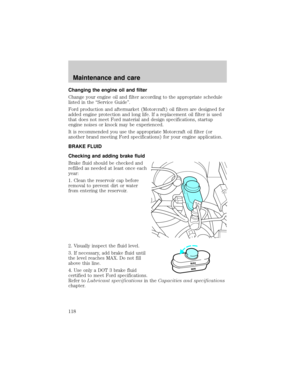 118
118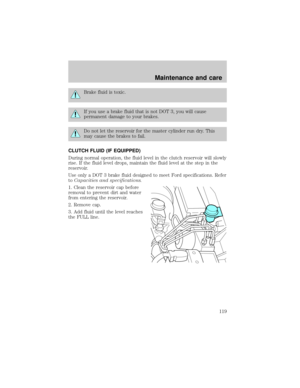 119
119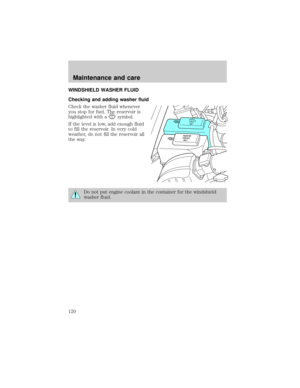 120
120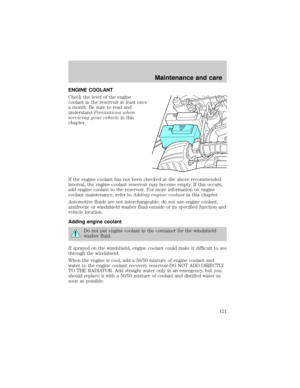 121
121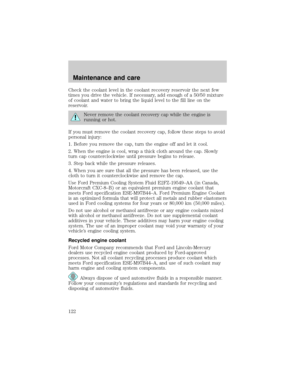 122
122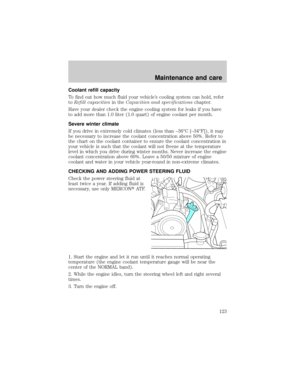 123
123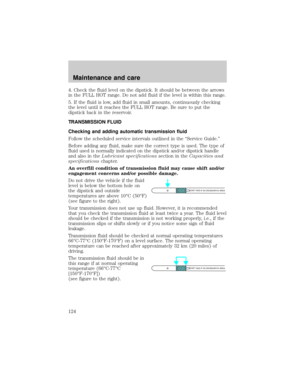 124
124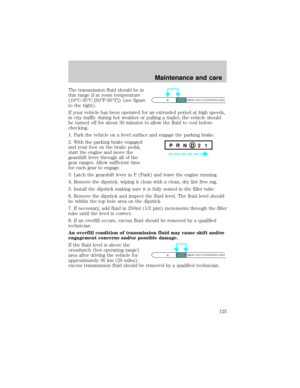 125
125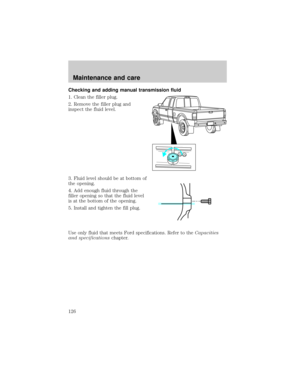 126
126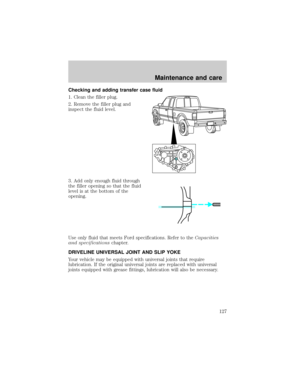 127
127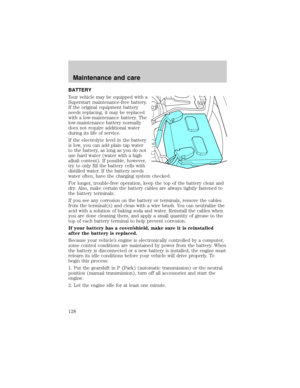 128
128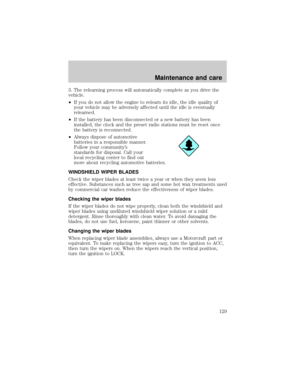 129
129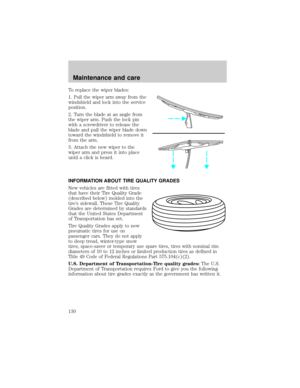 130
130 131
131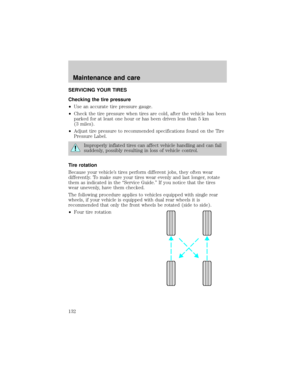 132
132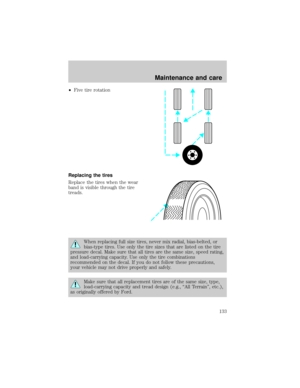 133
133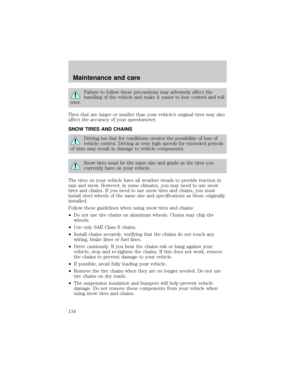 134
134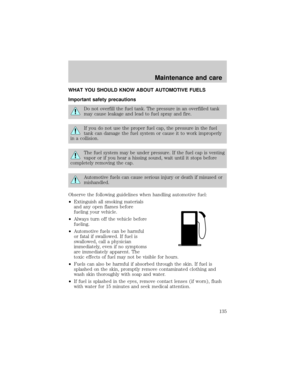 135
135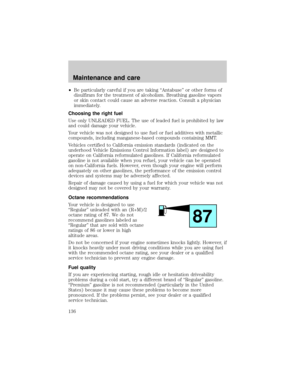 136
136 137
137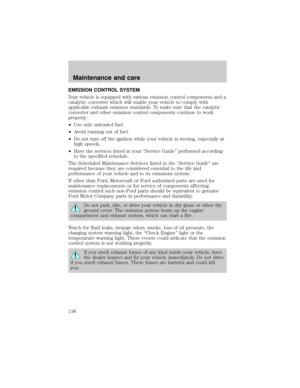 138
138 139
139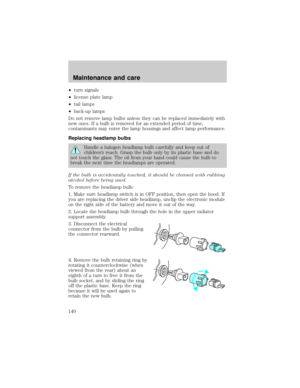 140
140 141
141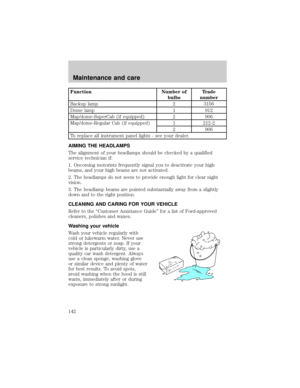 142
142 143
143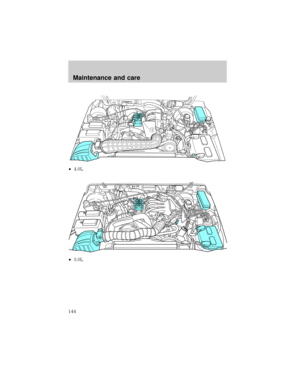 144
144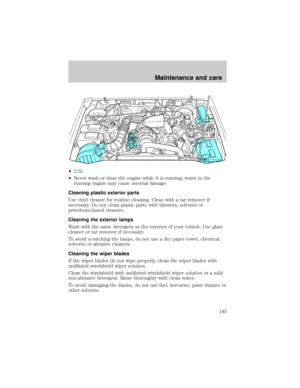 145
145 146
146 147
147 148
148 149
149 150
150 151
151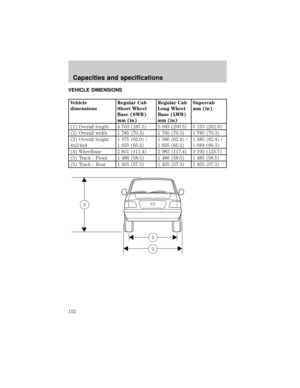 152
152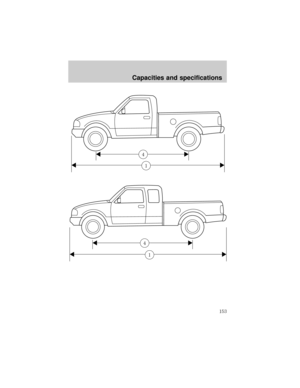 153
153 154
154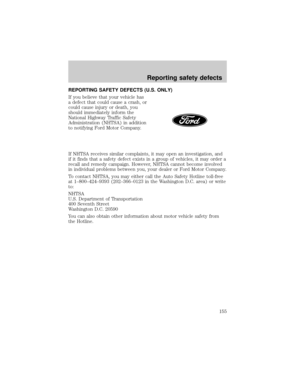 155
155 156
156 157
157 158
158 159
159






